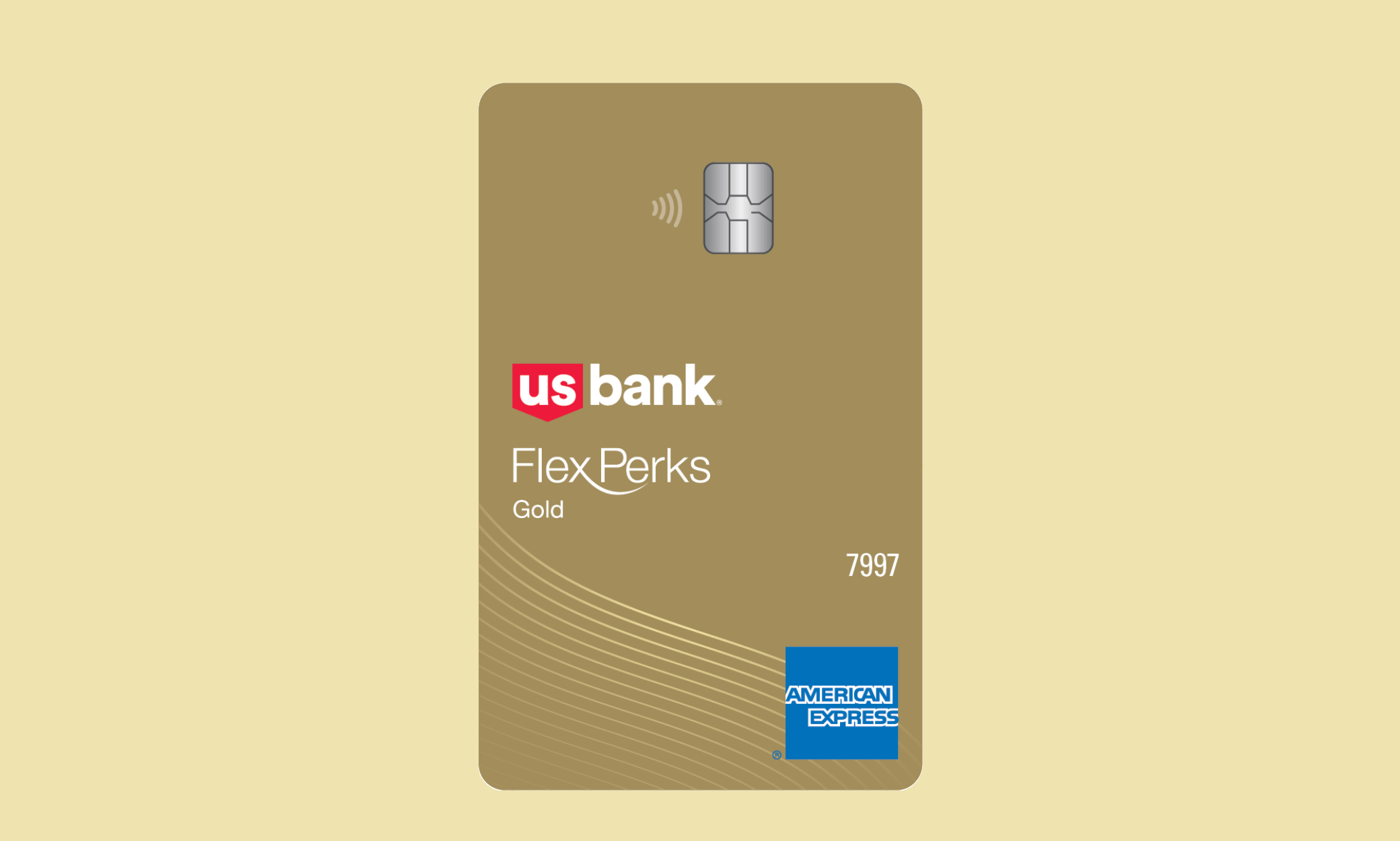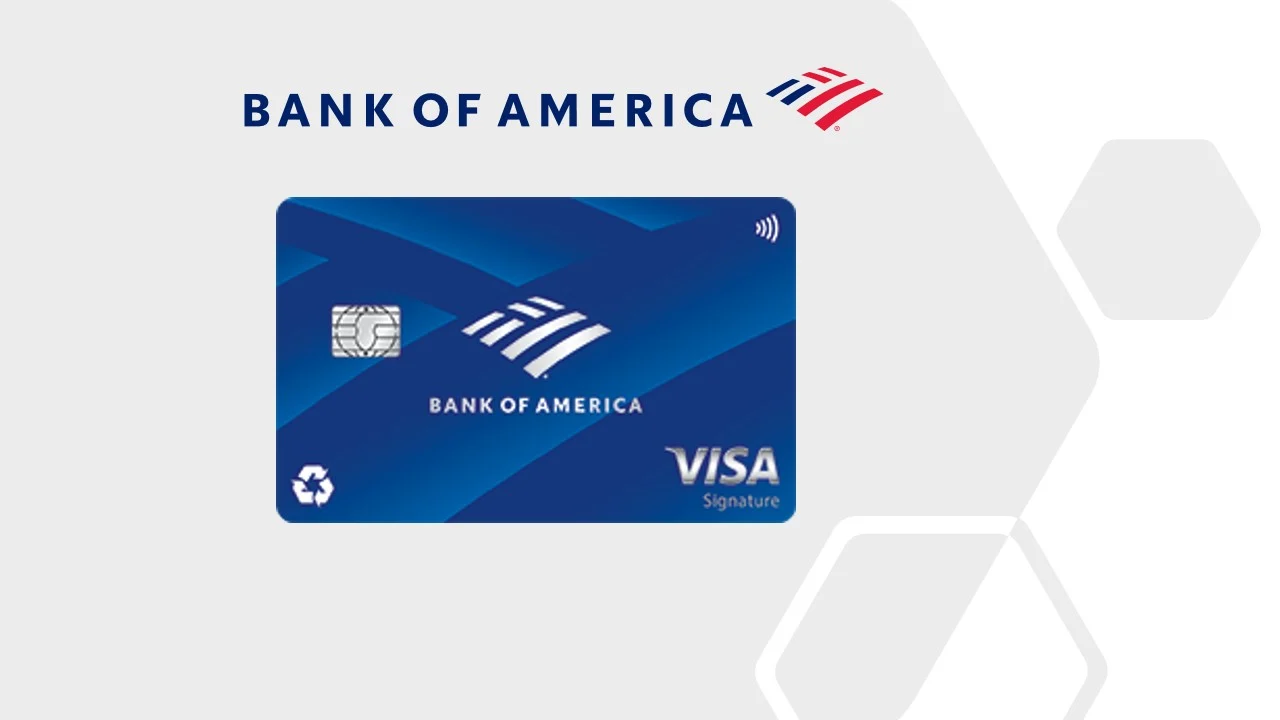Credit Cards for Students: Building Credit Early

Understanding the Importance of Credit History
For many students, the journey into adulthood comes with a multitude of new responsibilities, with personal finance becoming a significant aspect that often feels overwhelming. Among the critical elements frequently overlooked is the necessity of establishing a strong credit history. Building credit early can provide significant advantages later down the line, as it plays a crucial role in facilitating various financial opportunities. For instance, a solid credit history makes it easier to secure loans for higher education, purchase a vehicle, or even rent a cozy apartment. Moreover, some employers consider credit scores as a measure of financial responsibility when screening job applicants.
The Role of Student Credit Cards
To help students embark on their credit-building journey, many financial institutions offer credit cards specifically tailored to the needs of students. These credit cards not only allow young adults to start establishing credit but also teach them fundamental financial habits. Here are some essential features to consider when looking at student credit cards:
- Low credit limits: Most student credit cards come with low credit limits, helping students manage their spending effectively while minimizing the risk of accumulating unmanageable debt.
- Rewards programs: Many student credit cards offer rewards programs where students can earn points for everyday purchases such as groceries, gas, or textbooks. This feature not only incentivizes responsible spending but also helps students get more value from their purchases.
- No annual fees: Many student cards eliminate annual fees, which is beneficial for those who are just starting to budget their finances. Without these pesky fees, students can focus on responsible spending and saving.
Building Financial Responsibility
Using a credit card wisely can lead to the development of crucial money management skills. Making timely payments and keeping balances low will contribute to building a favorable credit score. For example, a student who spends responsibly and pays off their card in full each month not only avoids interest but also builds a solid reputation with creditors, leading to better financial terms in the future.
In today’s competitive economic climate, understanding how to leverage credit cards can lead to financial empowerment for young adults. Mastering the art of credit management lays the groundwork for future financial independence, ensuring that students can confidently navigate their financial lives post-graduation.
This article will explore the best credit card options available for students and provide tangible tips on how to maximize these opportunities. By equipping themselves with knowledge about credit, students will be well on their way to achieving their financial goals and building a bright future.
DISCOVER MORE: Click here to learn about building a profitable freelance career
Choosing the Right Student Credit Card
As students venture into the world of credit, selecting the right credit card is crucial for laying the foundation of a healthy financial future. A well-chosen credit card not only aids in building credit but also instills responsible financial habits. Understanding the differences between various options can help students make informed decisions that suit their unique lifestyle and financial needs.
One of the first things to consider when evaluating student credit cards is the interest rate. Since many students are just starting out, they may not have an established credit history, which can lead to higher annual percentage rates (APRs). It’s essential to compare rates and choose a card with a lower APR to minimize potential interest payments in case the balance is not paid off in full each month.
Another vital feature to consider is the credit score requirements. Some credit cards require a more substantial credit score for approval, while others are designed specifically for individuals with little to no credit. Students should look for options that cater to first-time credit users, allowing them the opportunity to build their credit score without the stringent requirements that come with traditional cards.
Additionally, prospective cardholders should investigate any available promotional offers that could provide initial benefits. For instance, some cards may offer a bonus for spending a certain amount within the first few months or extended introductory APR periods. These perks can give students extra mileage when they first start spending with their card, helping them manage their expenses while building credit.
Fostering Good Credit Habits
Once a student selects a credit card, the real work begins in cultivating good credit habits. The key to building a positive credit history rests heavily on timely payments and responsible spending. Here are some practical tips students can adopt to ensure they are on the right track:
- Set up automatic payments: Opting for automatic payments can help ensure that bills are paid on time, preventing late fees and protecting credit scores.
- Track your spending: Keeping a close eye on spending habits can mitigate overspending. Many credit card providers offer apps that make tracking easy and accessible.
- Pay more than the minimum: Whenever possible, students should aim to pay off their balance in full rather than just meeting the minimum requirement. This practice prevents accumulating interest and promotes a healthy credit utilization ratio.
By adhering to these strategies, students can significantly impact their credit score positively, reaping the long-term benefits that come with responsible credit use. Each payment made on time and every thoughtful spending decision contributes to a strengthening credit profile, paving the way for future financial opportunities.
DISCOVER MORE: Click here to learn how to apply
Making the Most of Credit Card Rewards
In addition to building credit, many student credit cards offer rewards programs that can enhance the experience of managing a credit account. These rewards often come in the form of cash back, points, or travel miles, which can be particularly appealing to students who are eager to maximize their financial resources.
Understanding how to leverage these reward systems can provide students with valuable benefits. For example, a credit card offering cash back on purchases made at restaurants or bookstores can significantly offset expenses that college students frequently incur. Carefully selecting a card that aligns with spending habits ensures that students can earn rewards on purchases they would be making anyway. This strategy not only helps in building credit but also promotes a sense of financial savvy.
Additionally, students should take the time to familiarize themselves with the card’s redemption process. Some credit cards require a minimum balance before rewards can be claimed, while others may offer instant cash back on purchases. Being aware of these details allows students to utilize their rewards efficiently, maximizing the benefits of their spending.
The Importance of Understanding Credit Utilization
A critical factor in credit scoring that students should pay attention to is their credit utilization ratio. This ratio represents the percentage of available credit that is being used and can significantly impact credit scores. Generally, it’s advisable to keep this ratio below 30%. For instance, if a student has a credit limit of $1,000, they should aim to keep their balance under $300.
To manage this effectively, students can implement budgeting techniques or use financial tracking tools that assist in monitoring expenses. By maintaining a low credit utilization ratio, students showcase their ability to manage credit responsibly and stay financially stable, which colleges, landlords, and future lenders will notice.
Understanding Potential Pitfalls
While credit cards can be beneficial, students must also be aware of the potential pitfalls that can arise from mismanagement. One common mistake is accumulating debt due to learning how to balance spending and repayment. It’s crucial to understand that responsibility does not merely come from having a credit card but also from knowing how to use it wisely.
Students should steer clear of the mindset that carries an outstanding balance is acceptable, as this can lead to significant financial troubles in the long run. High-interest fees can accumulate quickly, and unpaid balances can have lasting negative effects on their credit score. Moreover, utilizing credit cards for non-essential purchases can lead to overspending, setting off a chain of financial burdens that can take years to recover from.
To combat these issues, students should create a realistic monthly budget that includes all necessary expenses, as well as a plan for credit card repayment. Adequate planning ensures they remain in charge of their finances and do not fall into a cycle of debt.
By arming themselves with knowledge about rewards, credit utilization, and common pitfalls, students can navigate their credit journeys with confidence. This proactive approach will not only foster good credit habits but also equip them with valuable life skills that will serve them well beyond their college years.
DISCOVER MORE: Click here to learn how to apply
Conclusion
In today’s financial landscape, understanding how to navigate credit is essential, especially for students embarking on their college journeys. Credit cards offer not just a means of access to funds but also an invaluable opportunity for students to build a solid credit history early on, setting the stage for future financial endeavors such as loans, apartment rentals, or even credit purchases. By establishing good credit habits now, students are better prepared for significant financial decisions later in life, whether it’s purchasing a car or buying a home.
One crucial aspect for students to consider is rewards programs offered by credit card companies. These programs provide points, cash back, or travel rewards for every dollar spent. For students who frequently make purchases for textbooks, school supplies, or even dining out, these rewards can accumulate quickly. For instance, a student using a card with a 1.5% cash back reward might earn enough cashback from their regular expenses to pay for a portion of their textbooks each semester.
Additionally, managing their credit utilization ratio is vital. This ratio involves keeping credit card balances to less than 30% of the total credit limit. For example, if a student has a card with a $1,000 limit, they should aim to keep their balance under $300 to maintain a healthy credit score. Being mindful of this ratio not only affects credit scores but also reinforces responsible spending habits.
Moreover, students should be aware of potential pitfalls associated with credit card use. It’s essential to avoid paying only the minimum balance, as this can lead to accruing substantial interest over time. Implementing effective budgeting strategies and remaining disciplined can help mitigate debt while maximizing rewards, ensuring their credit journey is a positive one. Creating a budget that includes all sources of income, like part-time work or allowances, along with monthly expenses will empower students to spend wisely and save for their future.
Ultimately, the key to successfully using credit cards lies in understanding how to use them as tools for financial empowerment rather than as a source of stress. With careful planning, informed decision-making, and a proactive mindset, students can pave the way to a bright financial future. Embracing the lessons learned during these formative years will not only build credit scores but also instill a sense of financial literacy that will serve them throughout their lives. In a world where financial knowledge can significantly impact one’s success, taking control of credit early on is a powerful step towards achieving financial well-being.


